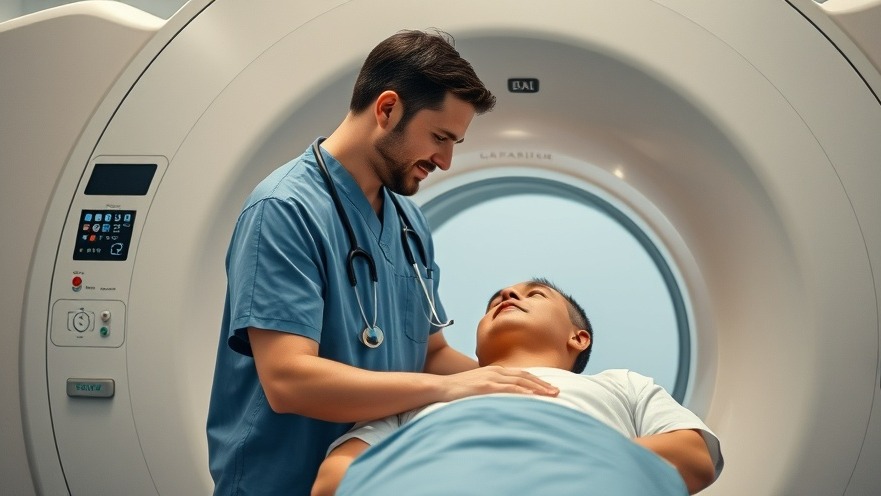
Understanding the Dual Nature of Radiation in Radiology
In the realm of radiology, professionalism intertwines with science, creating a dual-edged sword—ensuring patient care while maintaining employee safety is paramount. Health practitioners must navigate the complexities of ionizing versus non-ionizing radiation, comprehending not only how these forms of radiation affect patients but also their implications for healthcare workers. Ionizing radiation, emanating from x-rays and medical imaging devices, is the chief hazard workers face, given its potential to cause cellular and DNA damage. The implications for a concierge health practice, where patient interaction is close and frequent, are profound, necessitating stringent safety protocols.
OSHA Standards: A Safety Blueprint for Radiology Practices
Compliance with OSHA regulations isn't just a checkbox for radiology departments; it's a comprehensive safety framework aimed at protecting the health of employees who operate in these high-risk environments. By adhering to the standards outlined in the 29 CFR 1910.1096, practices can mitigate dangers and enhance workplace safety. Guidelines stipulate a variety of measures, including the provision of personal protective equipment (PPE), continuous exposure monitoring, and thorough employee training.
The Importance of Monitoring and Employee Training
A critical aspect of maintaining compliance is ensuring rigorous exposure monitoring. Health practitioners should implement systematic checks, utilizing equipment such as film badges or dosimeters, to monitor employee exposure accurately. This practice not only adheres to regulatory requirements but significantly works towards fostering a culture of safety—a priority for successful health practices. Additionally, conducting regular training sessions helps cultivate an informed workforce that knows how to handle emergencies, use safety equipment correctly, and understand exposure limits.
Addressing Ergonomic Risks Among Radiology Professionals
While radiation is a significant concern, ergonomic risks can often be sidelined in radiology departments. The physical demands of lifting heavy equipment or assisting patients can lead to musculoskeletal injuries—a prevalent issue in healthcare settings. To this end, implementing ergonomic training and proper lifting protocols can protect employees in tandem with radiation safety measures.
Creating a Culture of Safety: Beyond Compliance
Conforming to OSHA standards is merely the foundation for a robust safety culture. Health practitioners are encouraged to foster an environment where safety is prioritized and encouraged at every level. This includes integrating safety discussions into regular meetings, encouraging employee feedback about safety practices, and rewarding safe behavior. Such measures not only enhance compliance but also promote employee satisfaction and retention.
Engaging with State Regulations: Navigating Compliance Layers
Understanding that OSHA compliance is just a part of the regulatory landscape is critical for concierge practices, as state requirements may impose additional rules beyond federal standards. Engaging with local regulations through workshops or collaboration with legal advisors can help radiology departments maintain compliance effectively and ensure they are up-to-date with any regulatory changes.
Take Action: Prioritize Safety in Your Practice
Concierge health practitioners must recognize the intrinsic link between compliance, employee safety, and patient care quality. By prioritizing OSHA compliance and implementing proactive safety measures, you safeguard not only your team's well-being but also the health outcomes of your patients. Make safety training an ongoing practice and establish a safety committee to continually improve your protocols.
Call to Action: Focus on creating a culture of safety within your practice today. Implement training and monitoring systems that prioritize compliance and empower your staff, ensuring both their safety and that of your patients.
 Add Row
Add Row  Add
Add 




Write A Comment